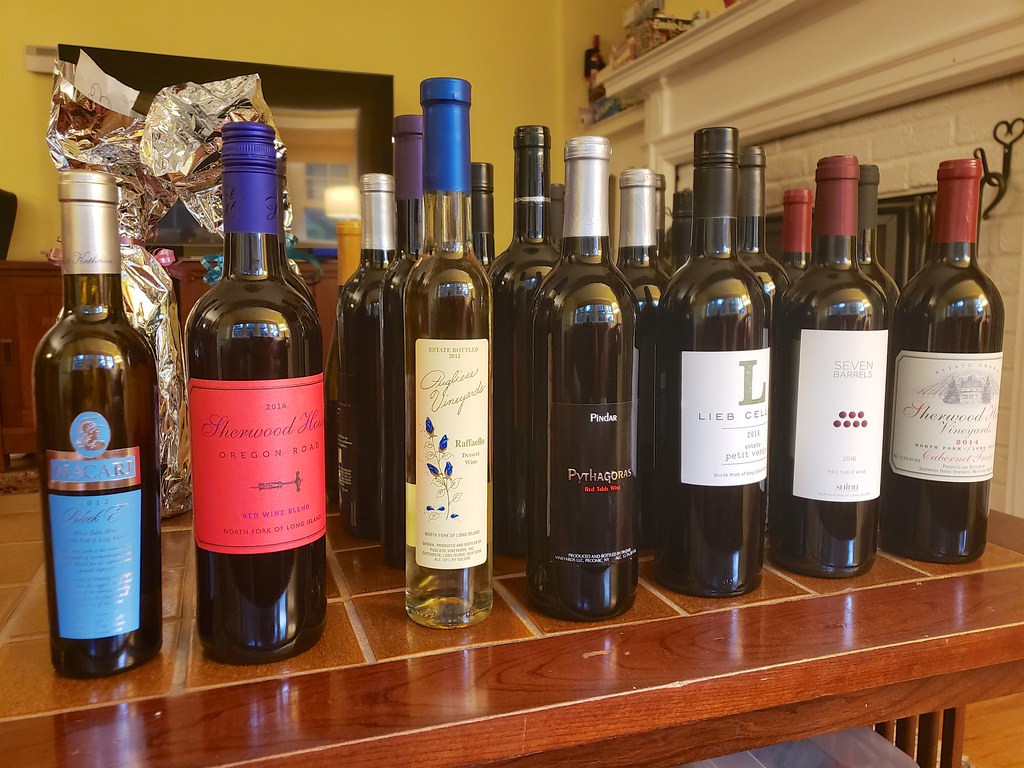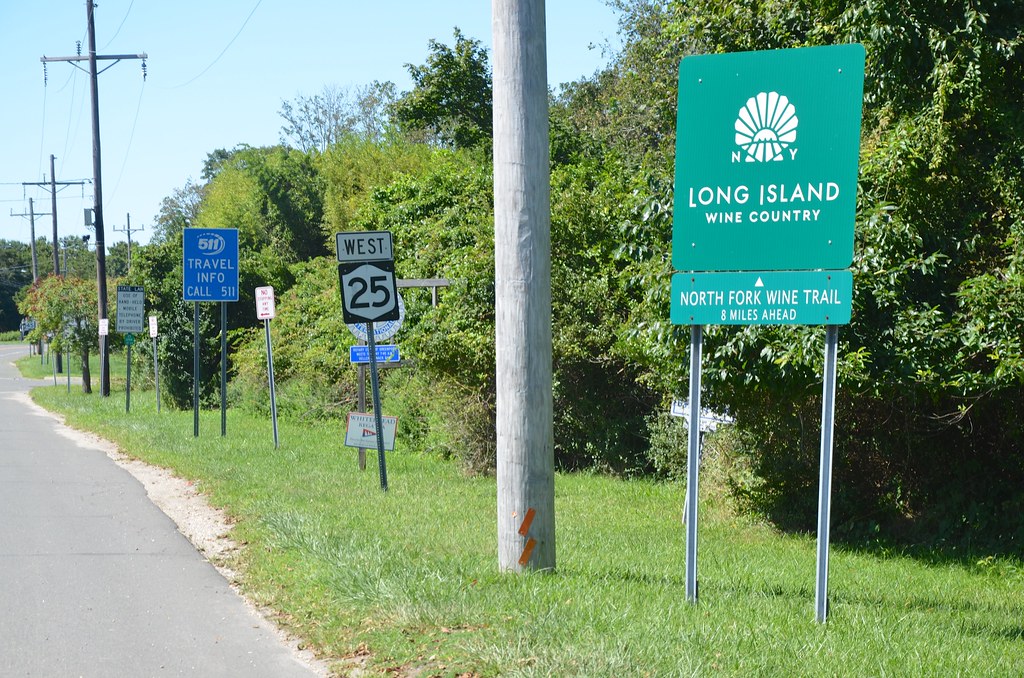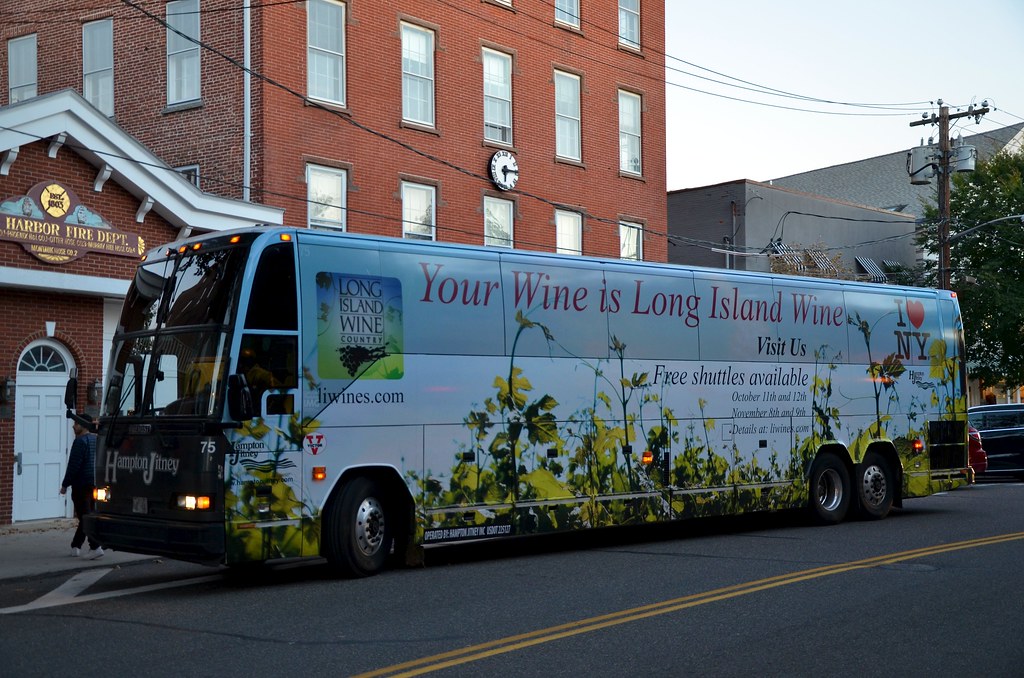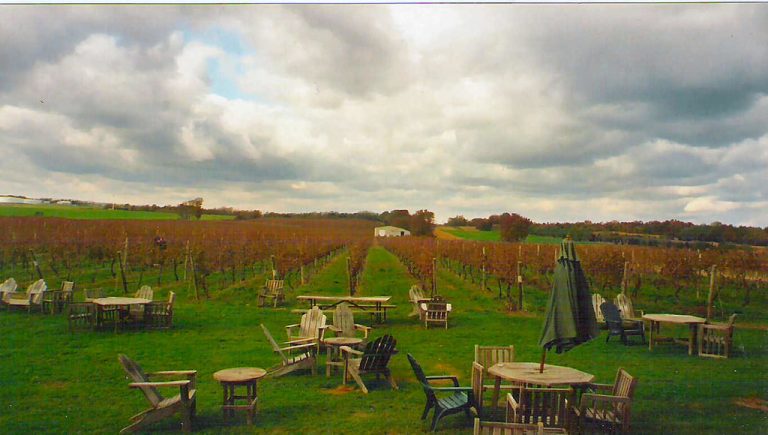Imagine yourself strolling through lush vineyards and the aroma of grapes hanging in the air. This picturesque scene, which may sound like it belongs in Napa Valley, is found right here on Long Island, New York. While it may not be widely known, Long Island’s wine industry has quietly been making waves in the past few years, and it is now poised for significant growth. With a unique climate and soil composition that rivals some of the best wine regions in the world, coupled with a growing interest in locally sourced products, Long Island’s wineries are ready to make their mark on the wine industry.

Overview of Long Island’s Wine Industry
Long Island, located in New York state, is not only known for its picturesque landscapes and stunning beaches but also for its thriving wine industry. With a rich historical background and a current state that showcases immense growth and potential, Long Island’s wine industry has become a major economic contributor to the region.
Historical background
Long Island’s wine industry dates back to the early 1970s when pioneers such as Alex and Louisa Hargrave planted the region’s first commercial vineyard in Cutchogue. This marked the beginning of a journey towards establishing Long Island as a renowned wine-producing region. Over the years, more vineyards were established and winemakers experimented with different grape varieties and winemaking techniques.
The current state of the industry
Today, Long Island boasts over 60 vineyards and produces a wide range of world-class wines. The region has gained recognition for its production of quality white wines, particularly Chardonnay and Sauvignon Blanc, as well as Merlot and Cabernet Franc for red wines. With a total of three American Viticultural Areas (AVAs) – North Fork, The Hamptons, and Long Island – the region’s wine industry has gained prominence both locally and internationally.
Factors Contributing to Growth
Several key factors have contributed to the growth and success of Long Island’s wine industry.
Unique climate and soil conditions
Long Island’s maritime climate, with its proximity to the Atlantic Ocean and Long Island Sound, creates a unique microclimate that is ideal for grape growing. The warm summers and cool breezes from the water help to ripen the grapes while preserving their natural acidity. Additionally, the region’s glacial soils, composed of sandy loam and gravel, provide excellent drainage and mineral-rich characteristics, further enhancing the quality of the grapes.
Proximity to New York City
One of the major advantages of Long Island’s wine industry is its proximity to New York City, a global hub for food and beverage enthusiasts. This proximity has allowed wineries to establish a strong presence in the local market, attracting both locals and tourists who are eager to explore the region’s wines. Many wine lovers from the city frequently visit Long Island, making it a popular weekend destination for wine tasting and vineyard tours.
Increasing consumer interest in local products
In recent years, there has been a growing trend of consumers showing a preference for locally produced goods, including wine. Long Island’s wine industry has tapped into this trend by promoting its wines as authentic, handcrafted products with a unique sense of place. Consumers are increasingly interested in learning about the story behind the wine, the vineyard’s sustainable practices, and the winemaker’s philosophy. This increased interest in local, artisanal products has been a significant driver of growth for the region’s wine industry.
Expanding Vineyard Operations
To keep up with the demand and to further enhance the quality of their wines, vineyard operations on Long Island have been expanding and investing in various aspects of their businesses.
Acquisition of additional land
Many vineyards on Long Island have been acquiring additional land to expand their vineyard acreage. This not only allows them to increase their production capacity but also provides opportunities to experiment with new grape varieties that are better suited to the region’s climate and soil conditions. By expanding their vineyard operations, wineries can cater to changing consumer preferences and offer a wider selection of wines.
Investment in advanced viticulture practices
To produce grapes of the highest quality, winemakers on Long Island are investing in advanced viticulture practices. This includes implementing precision viticulture techniques such as soil mapping, vineyard mapping, and remote sensing technologies. By accurately monitoring the health of the vines and the condition of the soil, winemakers can make informed decisions on irrigation, canopy management, and disease control, ultimately leading to better fruit quality and enhanced wine production.
Expansion of winery facilities
To provide a better experience for visitors and to accommodate their growing production needs, wineries on Long Island have been expanding their facilities. This includes building new tasting rooms, event spaces, and barrel cellars. By providing a welcoming and comfortable atmosphere for wine enthusiasts, wineries can attract more visitors and create memorable experiences. Additionally, the expansion of winery facilities allows winemakers to improve their production processes and increase their capacity to meet the growing demand for Long Island wines.
Shift Towards Sustainable and Organic Practices
Long Island’s wine industry has recognized the importance of sustainability and has been actively adopting sustainable farming methods to protect the environment and ensure the long-term viability of its vineyards.
Adoption of sustainable farming methods
To minimize the use of synthetic pesticides and fertilizers, wineries on Long Island have embraced sustainable farming practices. This includes implementing integrated pest management (IPM) techniques, cover cropping, and composting. By focusing on ecological balance and reducing the reliance on chemical inputs, wineries can maintain the health of their vineyards, protect natural resources, and produce grapes that reflect the unique characteristics of the region.
Organic certification initiatives
In addition to sustainable farming practices, some wineries on Long Island have taken their commitment to environmental stewardship a step further by seeking organic certifications. This involves adhering to strict guidelines and regulations set by organic certification bodies. By obtaining organic certification, wineries can provide consumers with increased transparency and assurance that their wines are produced using organic practices. This growing emphasis on sustainability and organic farming is not only beneficial for the environment but also aligns with the preferences of environmentally conscious consumers.

Collaboration and Networking
The wine industry on Long Island has thrived through collaboration and networking, with wineries actively seeking partnerships and engaging in joint marketing efforts.
Partnerships with local businesses
Wineries on Long Island have formed strategic partnerships with local restaurants, hotels, and retailers to promote their wines and create unique experiences for consumers. This collaboration allows for cross-promotion and exposes both the wineries and local businesses to new customer bases. By working together, wineries and local businesses can leverage each other’s strengths and contribute to the overall growth and success of the region’s wine industry.
Joint marketing efforts
To increase visibility and attract more tourists, wineries on Long Island have joined forces to create marketing campaigns and initiatives. This includes participating in regional wine festivals, coordinating wine trail events, and hosting collaborative tasting events. By pooling their resources and promoting the region as a whole, wineries can effectively reach a wider audience and position Long Island as a must-visit destination for wine enthusiasts.
Industry associations
Long Island‘s wine industry is supported by various industry associations that provide resources, education, and networking opportunities for wineries and vineyards. These associations serve as a platform for knowledge-sharing and advocate for the interests of the region’s wine producers. By participating in industry associations, wineries can stay informed about industry trends, regulations, and best practices, ultimately contributing to the overall growth and professionalism of the wine industry on Long Island.
Enhancing Tourist Experience
Recognizing the importance of tourism to the wine industry, wineries on Long Island have been enhancing the overall visitor experience by offering a range of activities and events.
Development of wine trails
To encourage tourists to explore the region and visit multiple wineries, Long Island has developed several wine trails. These are designated routes that guide visitors through different vineyards, offering a unique and immersive experience. Wine trails often feature picturesque scenery, educational tours, and opportunities to meet winemakers and learn about the winemaking process. By creating wine trails, wineries can attract more visitors and showcase the diversity and quality of Long Island’s wines.
Expansion of tasting rooms
To accommodate the growing number of visitors, wineries on Long Island have been expanding their tasting rooms. Tasting rooms provide an opportunity for visitors to sample a variety of wines and learn about the different grape varieties and winemaking styles. Many wineries also offer guided tastings and educational workshops to further enrich the visitor experience. By investing in spacious and well-designed tasting rooms, wineries can create a lasting impression and encourage visitors to become loyal customers.
Culinary and cultural events
In addition to wine-related activities, wineries on Long Island often host culinary and cultural events that complement the tasting experience. This includes wine and food pairing dinners, live music performances, art exhibitions, and harvest festivals. By combining the enjoyment of wine with other cultural and culinary experiences, wineries can attract a broader audience and position themselves as destinations for not only wine enthusiasts but also food and art lovers.

Investment and Financial Support
The growth of Long Island’s wine industry has been supported by both government grants and incentives, as well as private investments and partnerships.
Government grants and incentives
To foster the growth and development of the wine industry, government agencies have provided grants and incentives to wineries on Long Island. These financial supports often target areas such as research and development, infrastructure improvements, and marketing initiatives. By offering financial assistance, the government plays a crucial role in promoting the competitiveness and sustainability of the region’s wine industry.
Private investments and partnerships
Private investors and partnerships have also played a significant role in the growth of Long Island’s wine industry. This includes individuals and companies who believe in the potential of the region’s wines and are willing to provide financial support and expertise. Private investments can help wineries expand their operations, improve their production facilities, and enhance their marketing efforts. By collaborating with private investors, wineries can access valuable resources and accelerate their growth trajectory.
Emerging Wine Varietals
As the wine industry on Long Island continues to evolve, winemakers are exploring new grape varieties and experimenting with hybrid grapes that are better suited to the region’s climate and growing conditions.
Exploration of new grape varieties
The diversity of Long Island’s climate and soil conditions allows winemakers to experiment with a wide range of grape varieties. While the region’s traditional focus has been on Chardonnay, Sauvignon Blanc, Merlot, and Cabernet Franc, winemakers are now exploring lesser-known grape varieties such as Albariño, Grüner Veltliner, and Malbec. By embracing these new grape varieties, wineries can offer a unique and exciting wine selection that appeals to a broader range of consumers.
Experimentation with hybrid grapes
Hybrid grape varieties, which are crosses between Vitis vinifera and native American grape species, have gained attention in Long Island’s wine industry. These hybrids, such as Marquette and La Crescent, are often more resistant to diseases and harsh climates, making them well-suited for the region’s conditions. By experimenting with hybrid grapes, winemakers can create wines that showcase the best characteristics of both worlds, resulting in distinctive and flavorful wines.
Increasing Focus on Wine Education
Long Island’s wine industry recognizes the importance of wine education for both industry professionals and consumers alike.
Wine education programs for industry professionals
To ensure the continued growth and professionalism of the region’s wine industry, wineries and vineyards on Long Island offer wine education programs for industry professionals. These programs provide in-depth knowledge about various aspects of winemaking, viticulture, and wine marketing. By equipping industry professionals with a strong foundation in wine knowledge and skills, wineries can maintain the high standards of Long Island wines and contribute to the overall reputation of the region.
Consumer-oriented wine education initiatives
Wineries on Long Island also place a strong emphasis on consumer-oriented wine education initiatives. This includes hosting tasting classes, wine pairing workshops, and vineyard tours that offer consumers an opportunity to learn about the basics of wine tasting, grape varieties, and winemaking techniques. By providing educational experiences, wineries can empower consumers to make informed decisions and develop a deeper appreciation for Long Island’s wines. This, in turn, creates a loyal customer base and encourages word-of-mouth recommendations.
Conclusion and Future Outlook
Long Island’s wine industry has experienced remarkable growth over the years, thanks to a combination of favorable climate and soil conditions, proximity to New York City, and increasing consumer interest in local products. The industry’s expansion of vineyard operations, adoption of sustainable and organic practices, collaboration and networking efforts, focus on enhancing the tourist experience, investment and financial support, exploration of emerging wine varietals, and increasing focus on wine education have all contributed to its success.
Looking ahead, Long Island’s wine industry has tremendous growth potential. With an ongoing commitment to adapt to market trends and consumer preferences, as well as continuous innovation and improvement in vineyard management and winemaking techniques, the region’s wineries are well-positioned to continue attracting visitors and gaining recognition for their exceptional wines. As Long Island continues to make its mark in the global wine industry, it remains an exciting and promising destination for wine enthusiasts and industry professionals alike.
© 2023-2024 by LIWork.com. All rights reserved. No part of this document may be reproduced or transmitted in any form or by any means, electronic, mechanical, photocopying, recording, or otherwise, without prior written permission of LIWork.com.

Leave a Reply